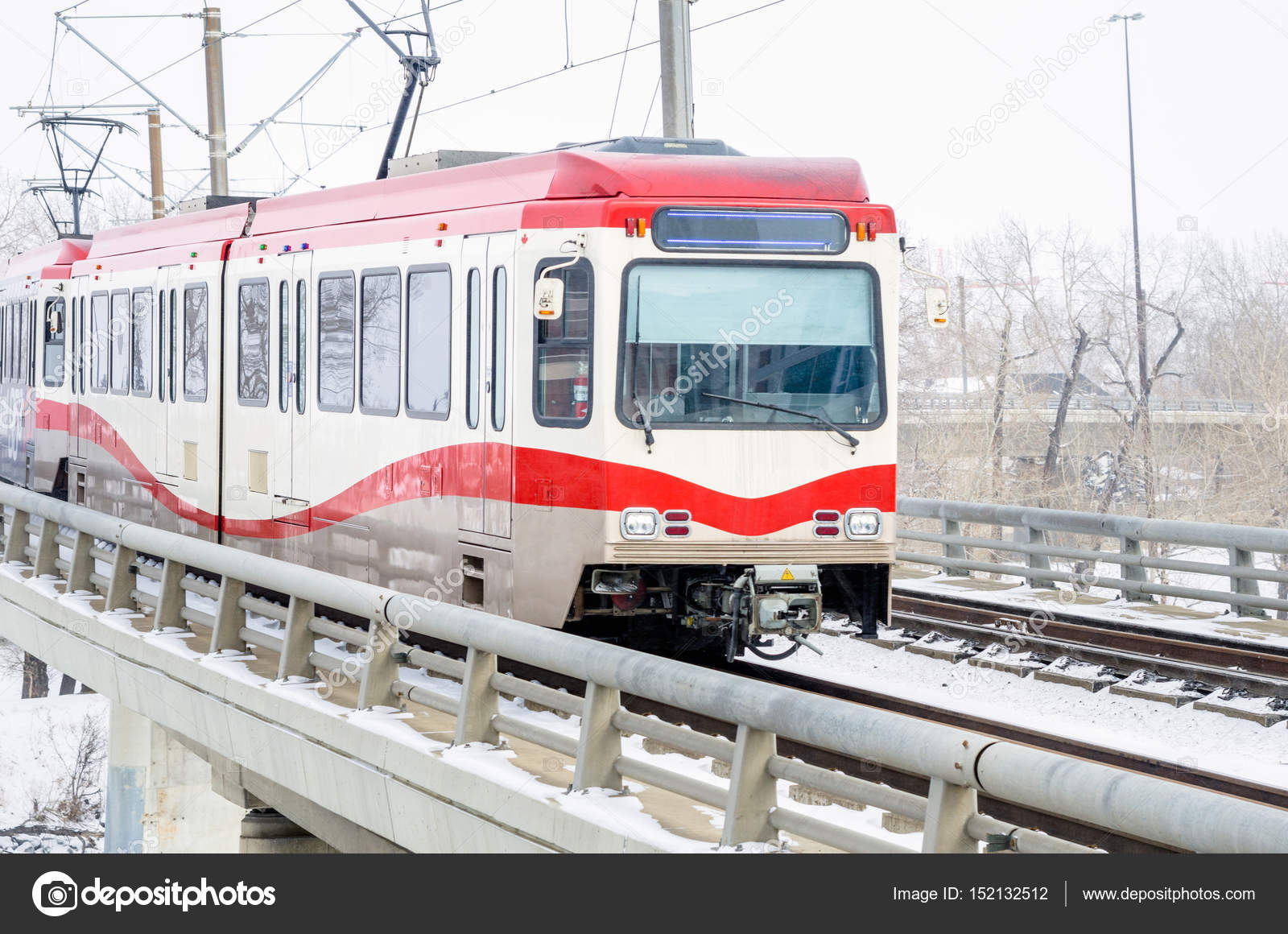How to stay safe during the Tilicho Lake Trek is a question every adventurer should consider before setting foot on the trail. This trek is one of Nepal’s most awe-inspiring journeys, guiding you through remote highlands, rugged mountain terrain, and finally to the mesmerizing Tilicho Lake soaring at an altitude of 4,919 meters, making it one of the highest lakes in the world. However, the raw beauty of this region is matched by its challenging environment. With isolation, unpredictable weather, and extreme elevation, staying safe isn’t just a suggestion—it’s a necessity.
Whether you are an experienced trekker or someone chasing the Himalayas for the first time, being mindful of safety can make the difference between a fulfilling adventure and a hazardous ordeal. In this blog, we’ll explore key safety measures and tips that every trekker should follow to stay safe during the Tilicho Lake Trek.
Understand the Risks of the Trek
Before diving into preparation, it’s important to understand what makes the Tilicho Lake Trek demanding. The main challenge is the high altitude. Trekkers can develop Acute Mountain Sickness (AMS) if they ascend too quickly without acclimatizing. The trail also passes through narrow, landslide-prone paths especially the stretch between Khangsar and Tilicho Base Camp. Weather in the Himalayas is another unpredictable factor. A bright sunny day can quickly shift into snow or icy winds.
Being aware of these risks doesn’t mean you should fear the trek, but it does mean you need to prepare wisely and make informed decisions along the way.
Prioritize Proper Acclimatization
Altitude sickness is not just something that affects beginners many experienced hikers fall victim to it by underestimating the effect of thin air. The Tilicho Lake Trek demands gradual ascent and proper rest days. Staying two nights in Manang, which sits at around 3,500 meters, allows your body to adjust before you move to higher altitudes.
During acclimatization, short hikes around Manang or visiting the Ice Lake can help prepare your body for the elevation gain. It’s crucial to listen to your body. If you feel persistent headaches, dizziness, or nausea, do not ascend further. Instead, rest, hydrate, and descend if symptoms worsen.
Stay on the Main Trail
Some trekkers may try to take shortcuts to reach Tilicho Lake faster, but this can be a dangerous decision. The standard route starting from Besisahar and passing through Chame, Pisang, Manang, and Khangsar is well-marked, with tea houses and help available. Avoid venturing onto lesser-known trails, especially during off-seasons when fewer trekkers are around. In the mountains, taking an unknown path can lead to getting lost or ending up in hazardous conditions like landslides or unmarked cliffs.
Hire a Local Guide or Porter
While the trek is not technically difficult, having a local guide is a wise safety decision. Guides not only know the trail and terrain but can also help you recognize symptoms of altitude sickness, assist in emergencies, and communicate with locals when needed. They often have up-to-date weather information and understand the cultural nuances of the region.
Even if you don’t opt for a guide, hiring a porter helps reduce physical exhaustion, especially as you climb above 4,000 meters. Carrying a heavy backpack at a high altitude increases fatigue and AMS risk. Plus, hiring locals also supports the regional economy. If you want you can hire both guide and porter as well.
Be Equipped with the Right Gear
Weather at high altitudes can be brutal. You might start your day trekking under a sunny sky and end it facing harsh snow or chilly winds. To handle this, you need to be properly dressed and packed.’
At a minimum, you should wear layers that you can easily add or remove. A waterproof and windproof jacket, warm thermal innerwear, woolen gloves, a fleece, a beanie, and sturdy waterproof trekking boots are essential. Sunglasses with UV protection are important near the lake, where snow reflection is intense. Trekking poles help reduce strain on knees and provide extra stability, especially during icy stretches near Tilicho Base Camp.
Eat Well and Stay Hydrated
Nutrition is often overlooked but plays a vital role in your safety. Your body burns more energy at high altitudes and cold temperatures, so regular, hearty meals are a must. Dal Bhat (Nepal’s staple rice and lentil dish) is a favorite among trekkers for a reason—it’s nutritious, fresh, and filling.
Make sure to drink plenty of water at least 3 to 4 liters a day. Dehydration increases your risk of altitude sickness. It’s a good idea to carry electrolyte powders or oral rehydration salts, especially if you’re experiencing fatigue. Avoid alcohol and smoking, as both negatively affect acclimatization.
Be Prepared for Medical Situations
Carry a basic first aid kit that includes bandages, antiseptic cream, painkillers, and medicines for common ailments like diarrhea and fever. Most importantly, bring medication like Diamox (Acetazolamide) for altitude sickness but always consult your doctor before using it.
If you are trekking without a guide, it’s even more critical to know how to respond to symptoms of AMS. In serious cases, the best and often only solution is to descend immediately. There are no hospitals along the trail, and medical facilities are minimal beyond Manang.
Check the Weather and Be Flexible
Weather in the Annapurna region can change rapidly. Before heading toward Tilicho Base Camp, always ask the locals or tea house owners about weather conditions. Snowfall or strong winds can make the trail to Tilicho Lake treacherous or even impassable.
Do not push your schedule if weather conditions look bad. Always build buffer days into your itinerary so you can wait out dangerous conditions. It’s better to delay your trek than risk hiking in snowstorms or freezing wind chill near the lake.
Don’t Trek After Dark
It’s best to begin your trek early each morning and reach your destination by late afternoon. The trail can become dangerous after dark, with poor visibility and dropping temperatures. Plus, accommodation fills up quickly at higher altitudes, especially during peak trekking seasons. Walking in darkness increases the chance of injury, especially on rocky or narrow trails.
Know When to Turn Around
Sometimes, the bravest thing a trekker can do is say, “Not today.” If you experience intense headaches, breathlessness, or disorientation—particularly at Tilicho Base Camp or on the way to the lake don’t force yourself to reach the lake. There is no shame in returning another day when you’re better prepared or when the weather is clearer.
Your safety is far more valuable than ticking a destination off your list. Tilicho Lake is beautiful, but it’s not going anywhere.
Tilicho is Tough but Worth It—If You’re Ready
The Tilicho Lake Trek is not just a walk in the park. It tests your endurance, awareness, and planning skills. But with the right mindset, proper gear, and good judgment, it is entirely safe and immensely rewarding.
Every step you take whether on a forested trail, a windy mountain pass, or the final approach to the icy blue lake is a memory worth making. But make sure it’s not a risky one. You can also do Annapurna circuit with Tilicho Lake Trek if you want were you will be crossing the Thorong la pass at an altitude of 5,416 m which falls in the Annapurna Circuit Trek.





